Alsino Skowronnek
Alsino Skowronnek (1984) is a German painter currently based between Berlin, Germany and Barcelona, Spain. In his work he explores the intersections of machine learning and painting. Alsino’s works establish a direct connection between the interfaces and data of the digital plane and the more analogical plastic arts. As a result of this dialogue, an abstraction is born that reflects on learning processes and new symbolic languages. He has participated in group and individual exhibitions in Germany, Europe, and the United States. Alsino is currently a resident at the Piramidón Center for Contemporary Art in Barcelona.
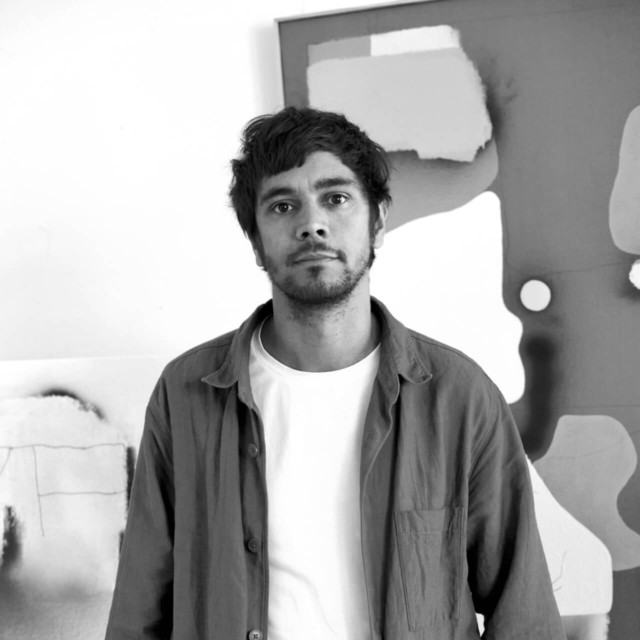
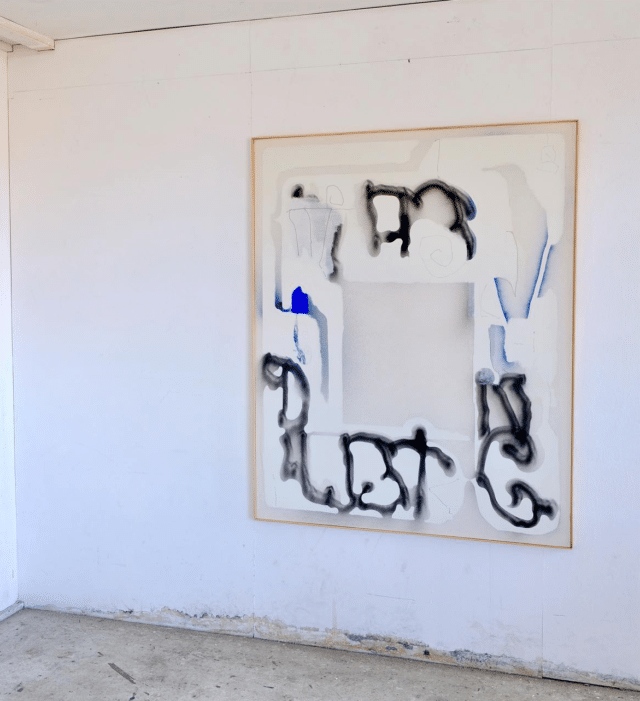
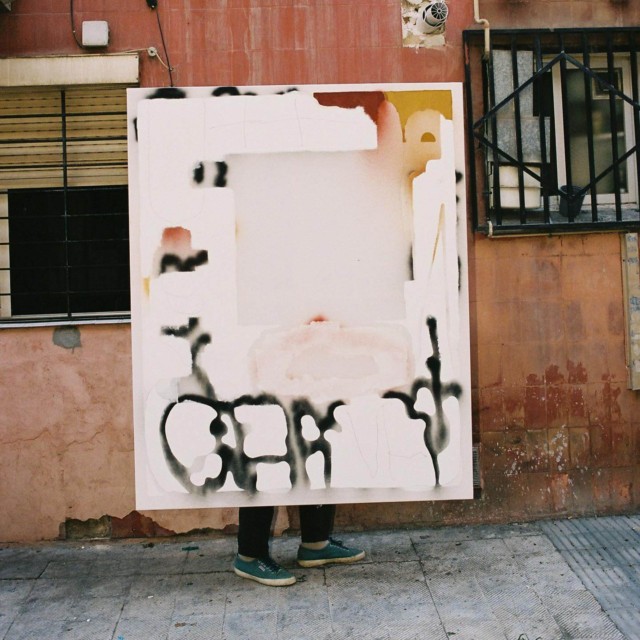
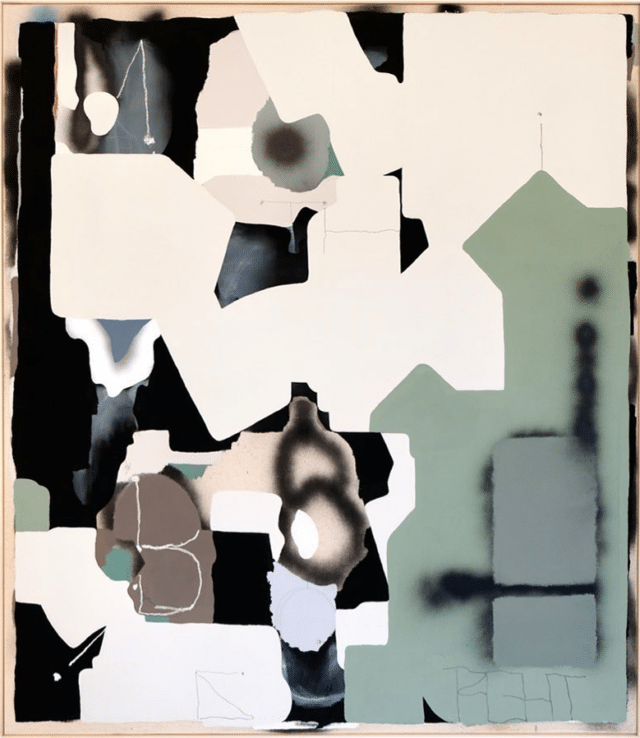
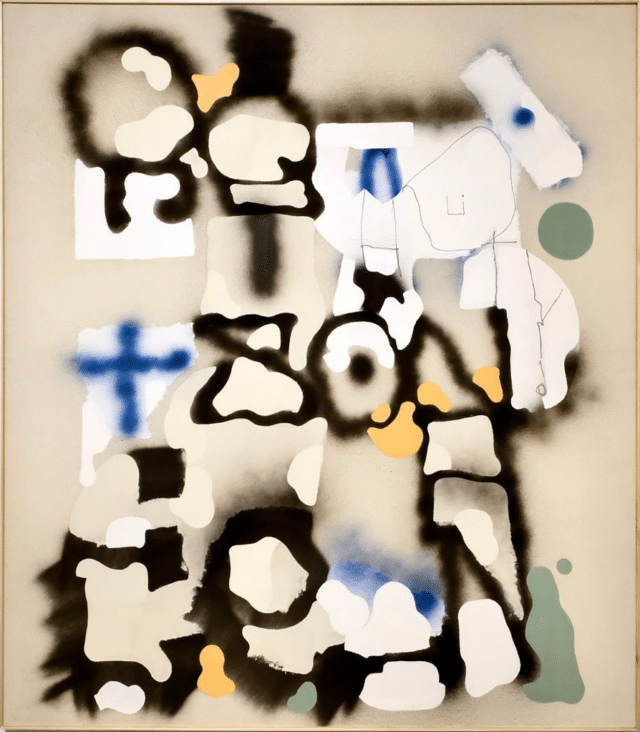
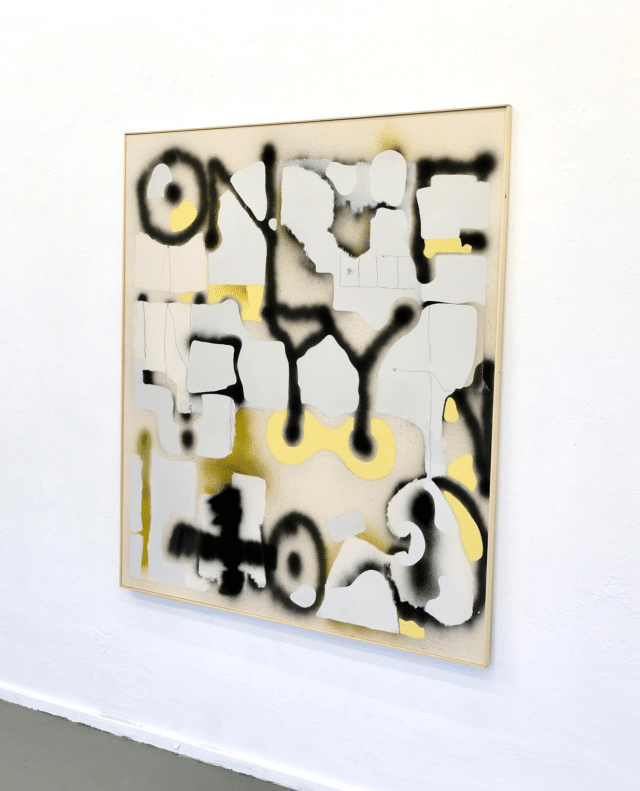
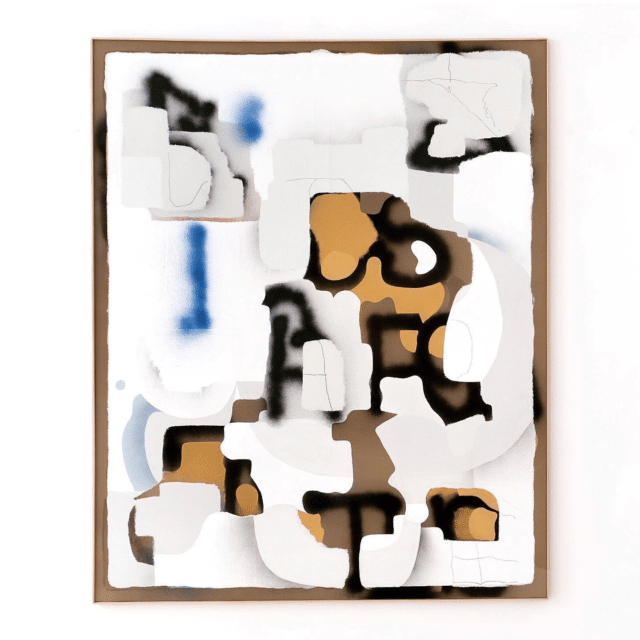
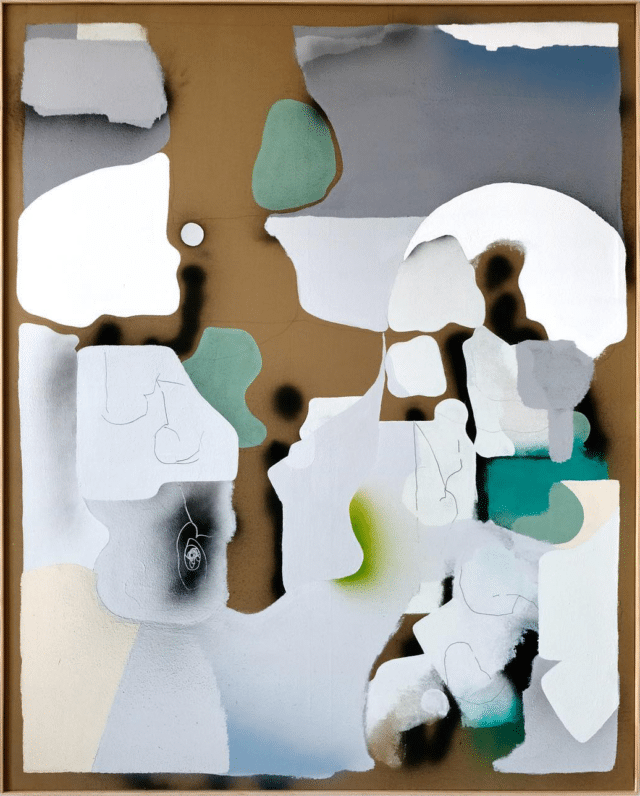
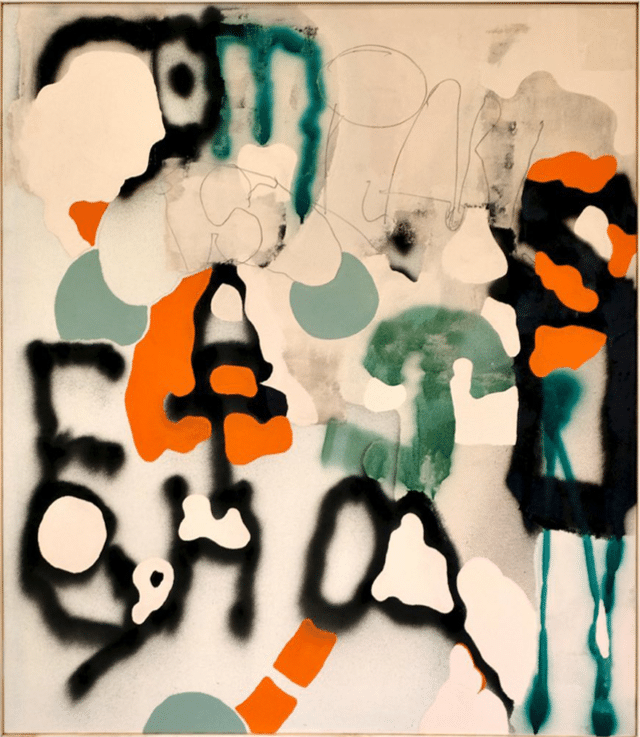
Dirty Handz: Destruction of Paris City
Dirty Handz: Destruction of Paris City is a documentary focusing on railway graffiti in Paris, France. Captured purely by handheld camera, the film highlights bombing, tagging, and vandalism throughout the cities train and metro systems. It is the first in a classic trilogy of graffiti videos released during the late 1990’s and early 2000’s era.
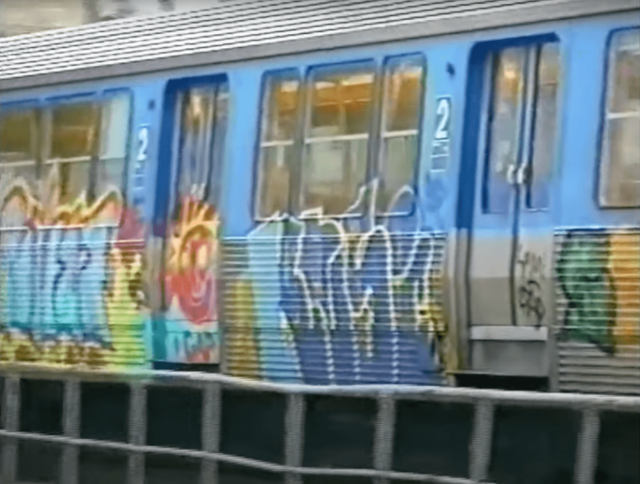
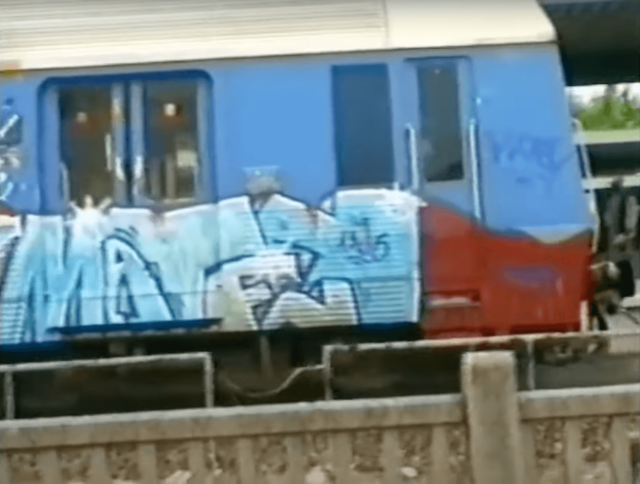
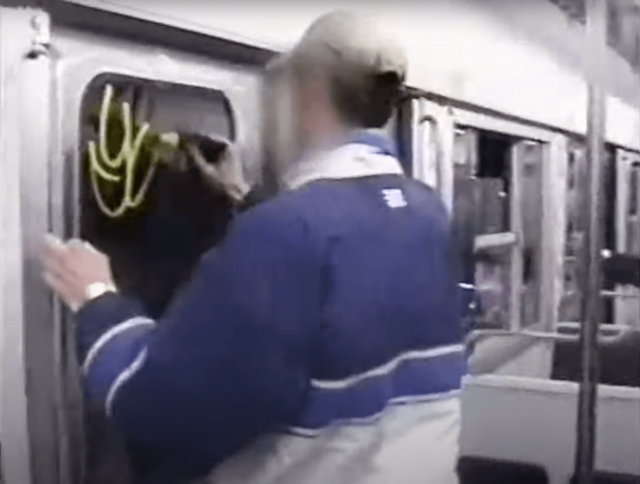
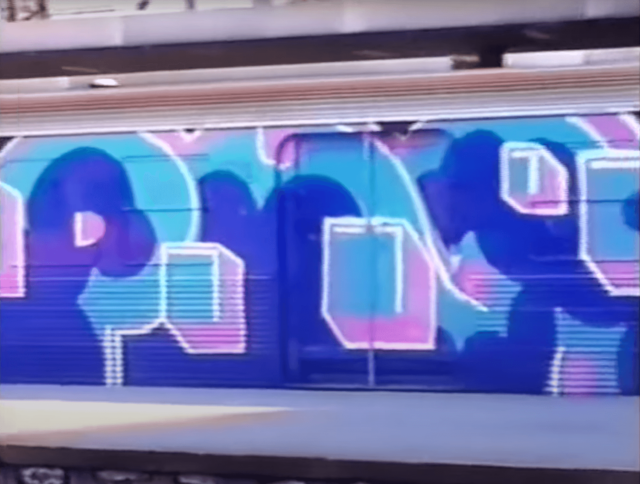
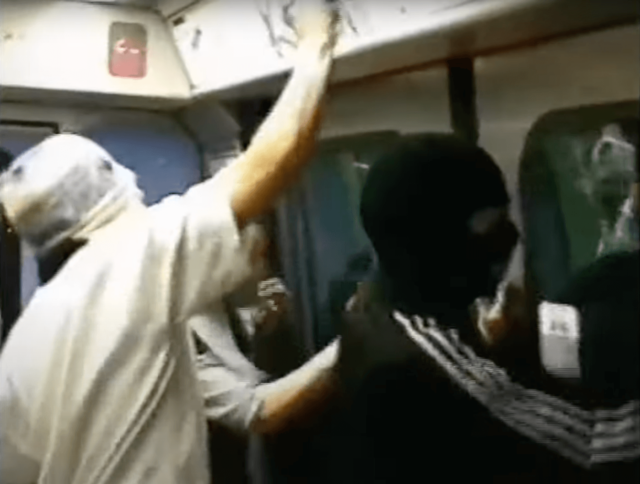
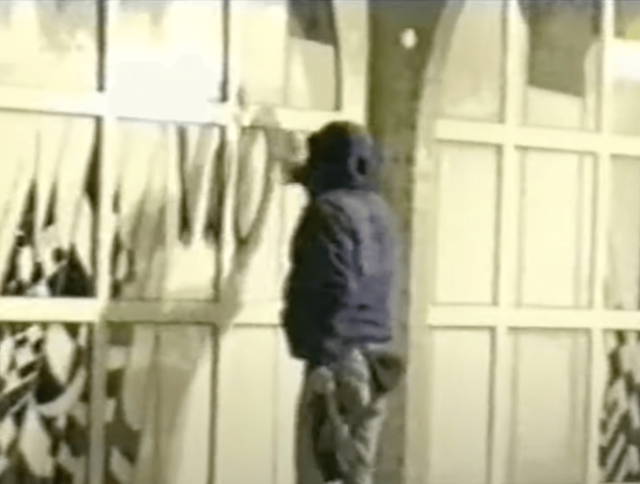
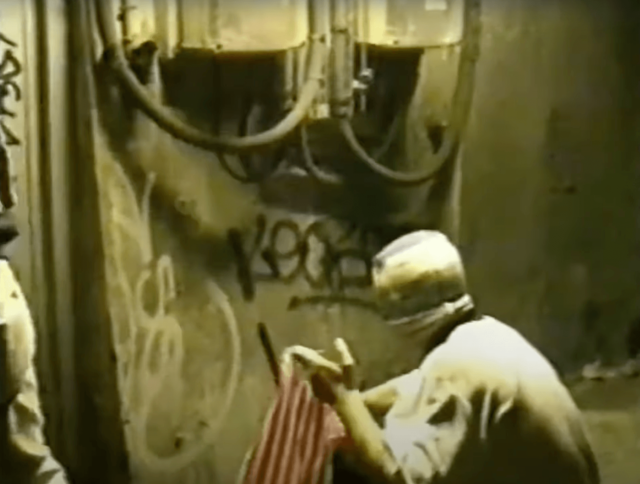
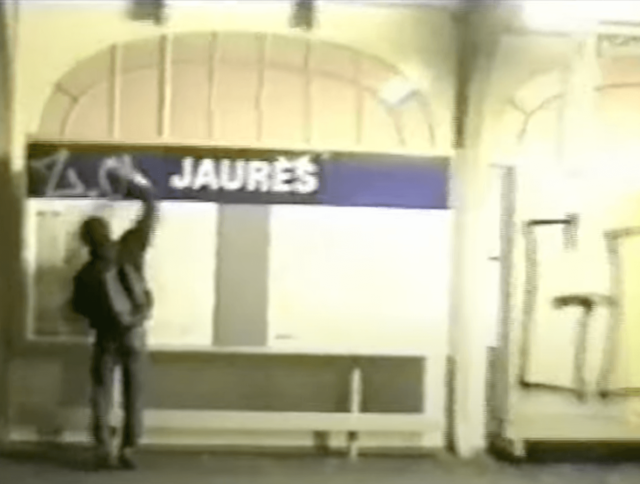
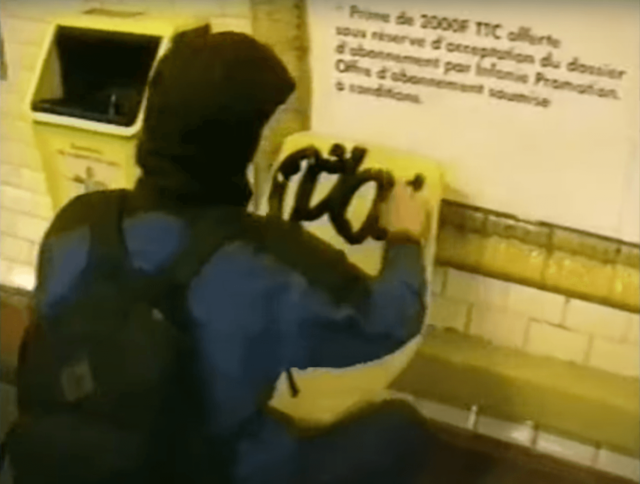
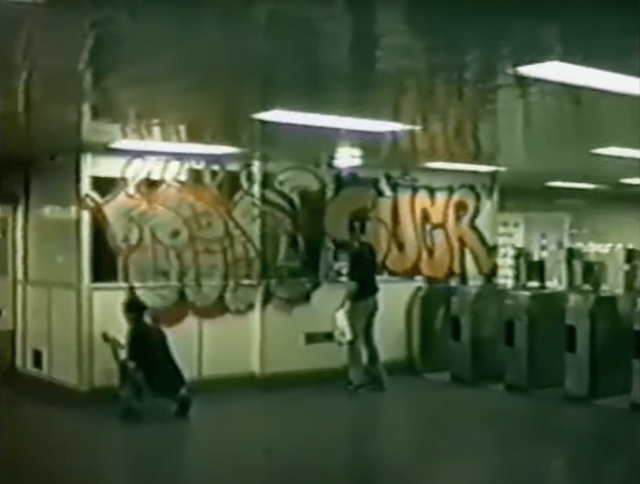
V:
What film has had the most impact on your practice, and how has it directly influenced your work?
AS:
I come from a graffiti background and I starting writing in the early 2000’s. The movie Dirty Handz came out in 1999 and was extremely influential on me as a teenager at the time. The movie, while being more of a documentary than a movie – really was one of the reasons I started writing graffiti. Coming from a smaller town in Germany, it was the first time I could sense the raw energy of graffiti being transmitted, expressed in the spontaneous trespassing of boundaries, the rejection of authority and an absolute claim to personal freedom.
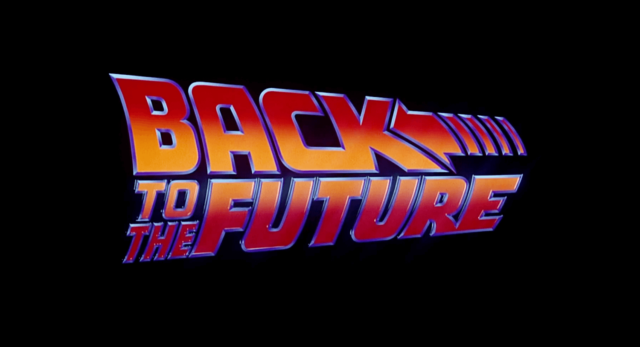
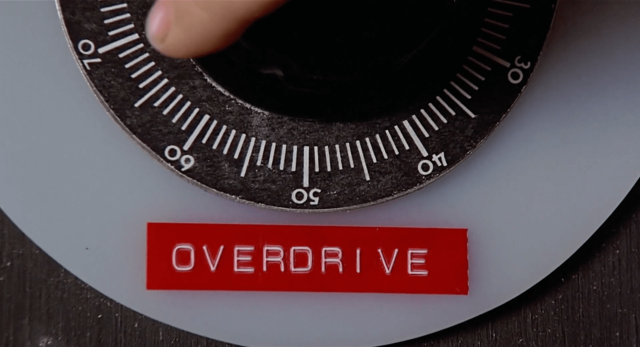
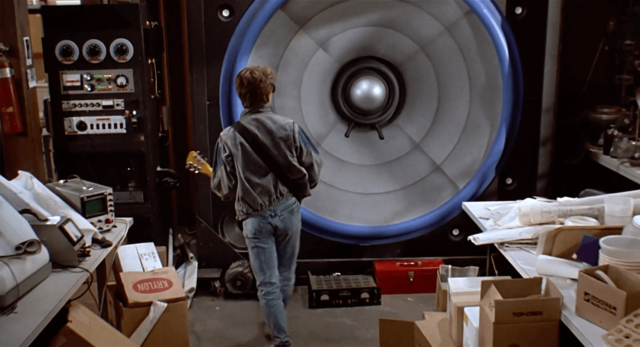
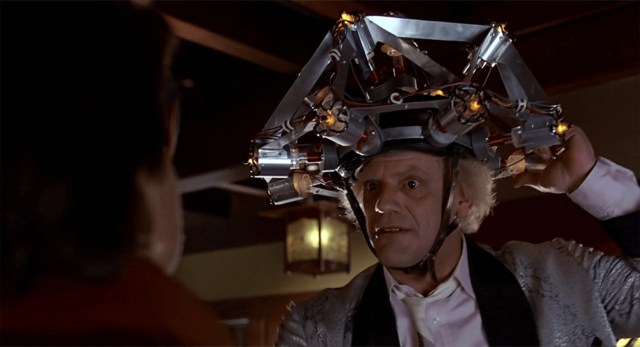
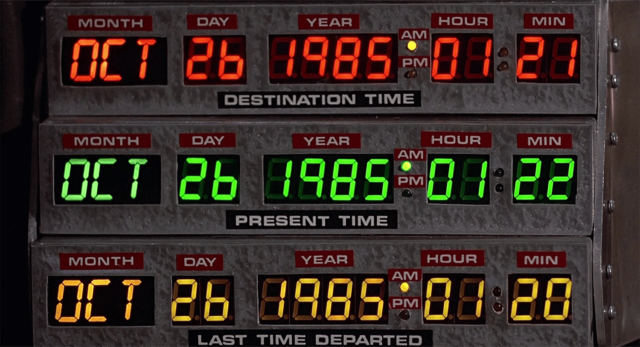
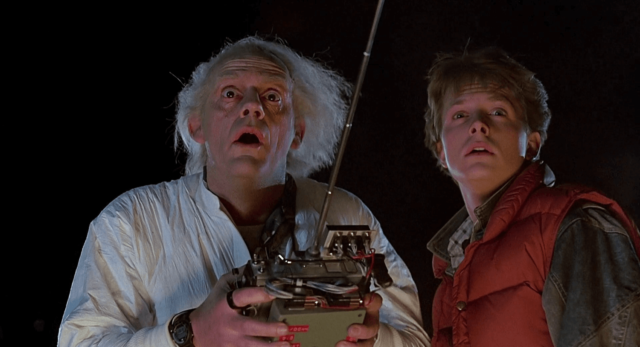
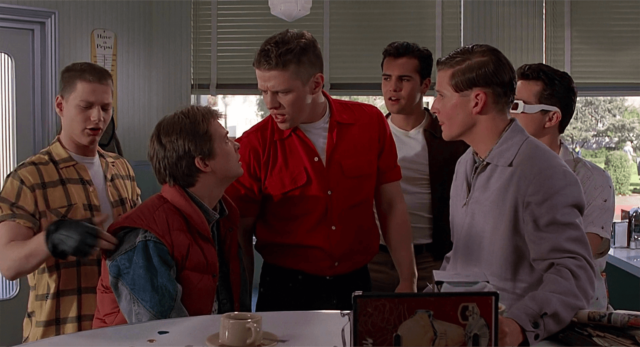
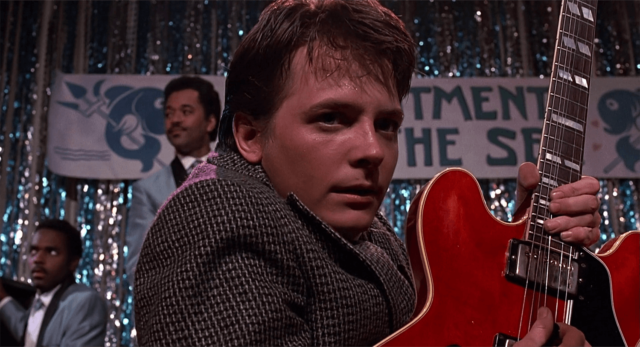
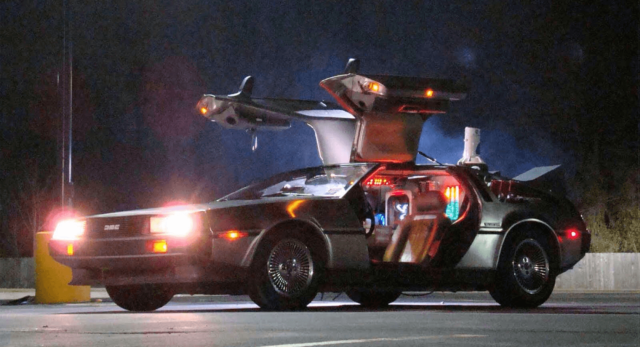
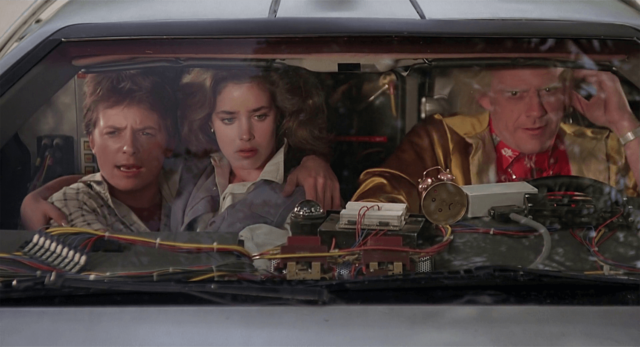
V:
Typography (in the form of graffiti) is a repeating element and theme found throughout your practice – similar to the use of typography in film titles, captions, and scene design. Is there one film that has impacted you typographically and influenced the way you integrate into your works?
AS:
Since being a kid, I have always been intrigued by film intros and animated titles. One that especially caught my attention back then was the title intro of the original Back to the Future movie with its amazing red-to-yellow-faded letters, the bold distorted letters, the big left-facing arrow and the shiny animated light effects in the outline. It just had something very new about it at the time and transported an atmosphere of “something big to come.” Besides the titles, the movie was of course a revelation in itself with all those gadgets and other things that one wanted to have as a kid.
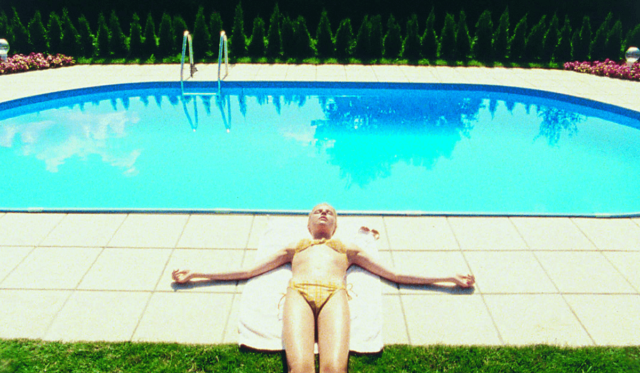
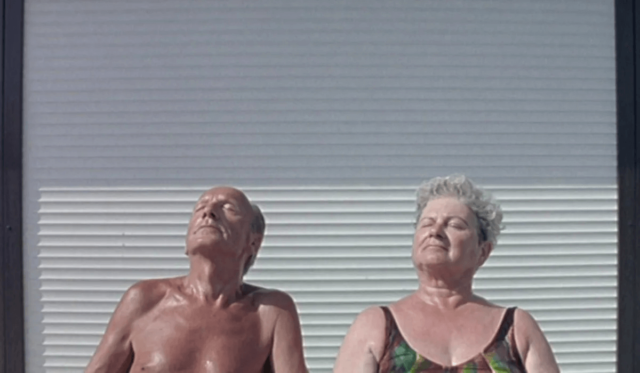
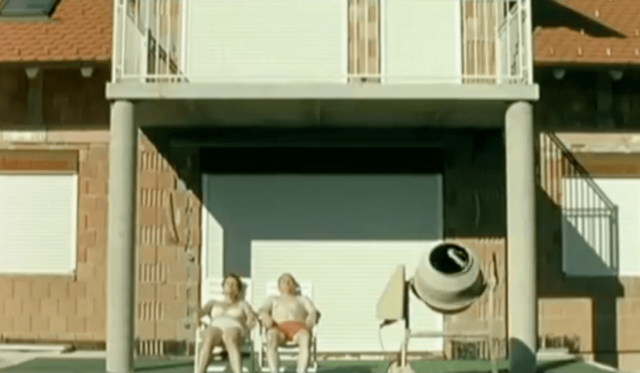
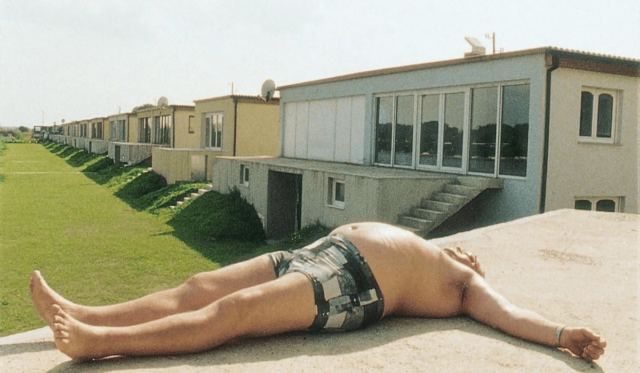
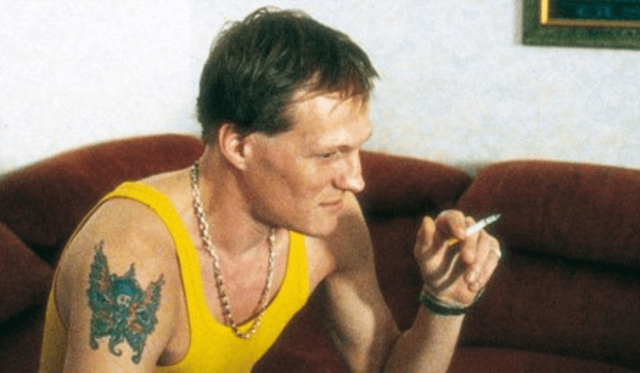
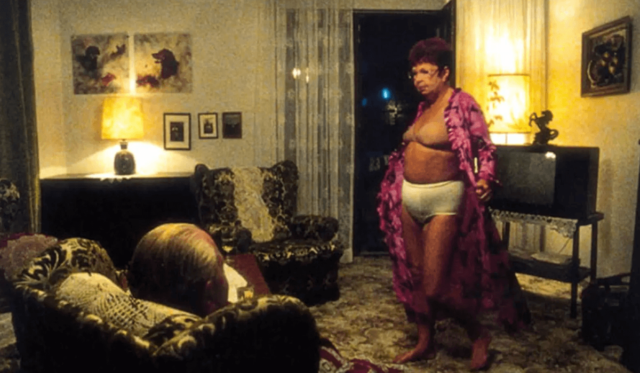
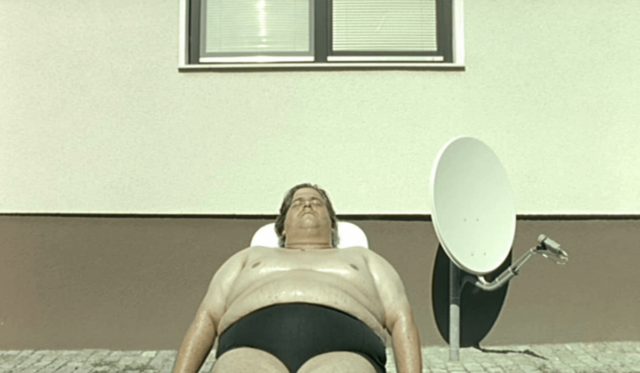
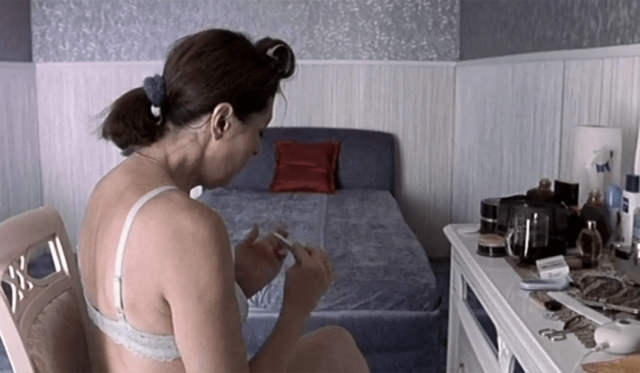
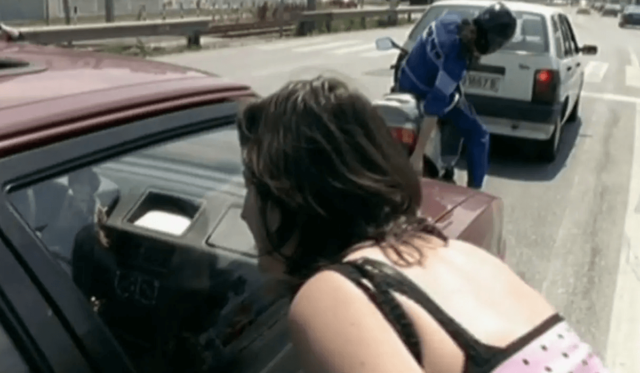
V:
Your practice appears to take an experimental approach to image making – combining human instinct and machine learning to create non digital imagery. Is there a director whose experimental approach to filmmaking resonates with the way you approach your practice? What is one film they have done that best represents this approach?
AS:
I am a big fan of the movies by the Austrian director and filmmaker Ulrich Seidl. His films have a semi-documentary approach, blending fiction, and nonfiction and for me have a really close connection to the everyday lived-experience of ordinary people. I like that a lot. The movies reveal much about the dark sides of the systems that shape our lives and that produce so many weird outcomes in human interactions. Probably my favorite film of his is Hundstage (Dog Days). The movie consists of several short episodes in the life of ordinary people on a very hot summer day, each one acting like a little note on society’s shortcomings. I can identify with that approach in the painting process, where each of my paintings is a momentary sketch of a thought/idea/feeling that addresses a specific aspect of my perception of the world around me.